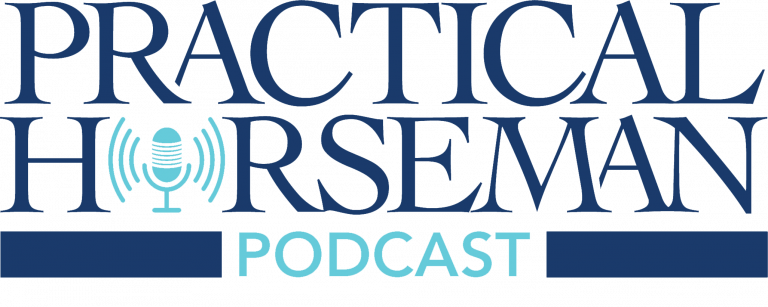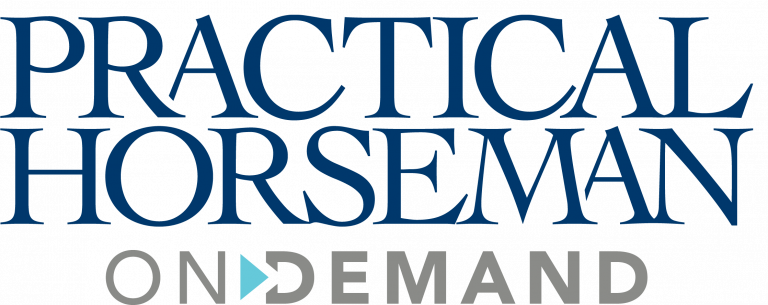 In a new study showing that horses move better after their riders complete core strength training, each horse–rider pair was outfitted with a pressure-sensitive electronic saddle pad and reflective markers and then filmed. | Courtesy, Alexandra Hampson
In a new study showing that horses move better after their riders complete core strength training, each horse–rider pair was outfitted with a pressure-sensitive electronic saddle pad and reflective markers and then filmed. | Courtesy, Alexandra HampsonYour horse isn’t moving forward with the freedom you know he’s capable of and his back sometimes seems sore around the withers. Your veterinarian has checked him out and found no underlying soundness issues. Your saddle fits his back perfectly, and you’ve splurged on a plush fleece saddle pad. What more can you do?
Maybe you should start an exercise program—for yourself. Horses move with longer strides and more freedom in their backs after their riders complete core strength training, says researcher Alexandra Hampson. That’s because core fitness helps riders sit more symmetrically in the saddle, reducing uneven pressure on the horse’s back.
Hampson, a dressage rider, holds an honors degree in human kinetics from the University of Guelph in Canada and a master’s degree in equine science from the University of Edinburgh, Royal (Dick) Veterinary School, in Scotland. She coordinated her research into the effects of rider core fitness with Hayley Randle, BSc, PhD, of Duchy College in southwestern England.
For her study, Hampson recruited 10 healthy mid-level dressage horses and their riders. Each horse–rider pair was outfitted with a pressure-sensitive electronic saddle pad and reflective markers and then filmed at the sitting trot with high-speed video. The saddle pad detected peak and uneven pressures on the horse’s back and relayed the information to a computer. The reflective markers allowed precise measurements of stride length and other movements. Not surprisingly, all the riders were asymmetrical, resulting in significant pressure differences on the left and right sides of the horse’s back.
The riders’ next task was to complete a basic eight-week core fitness program that Hampson designed. Following an instructional video that she created for the study, they did a series of unmounted exercises for 20 minutes three times a week. The exercises were chosen with the demands of riding in mind and required no special equipment. They were meant to strengthen and stabilize muscles of the trunk and pelvis and to improve rider balance and flexibility.
After the eighth week, the horse–rider pairs were filmed again at the sitting trot, and the results were compared with the first test. The riders sat more symmetrically, reducing uneven pressure on the horses’ backs, and the horses moved more freely, with an average 8.4-percent increase in stride length. Riders and their coaches also reported that they were more stable and effective and better able to sit a bigger trot.
“A rider-centric core fitness regime could be a ticket to improved rider symmetry, along with increased equine comfort and performance,” Hampson says. She’s working on a rider fitness video and hopes to develop clinics featuring the technology used in her study, which was accepted for publication by the International Journal for Performance Analysis in Sport. – Elaine Pascoe
This article originally appeared in the January 2016 issue of Practical Horseman.










